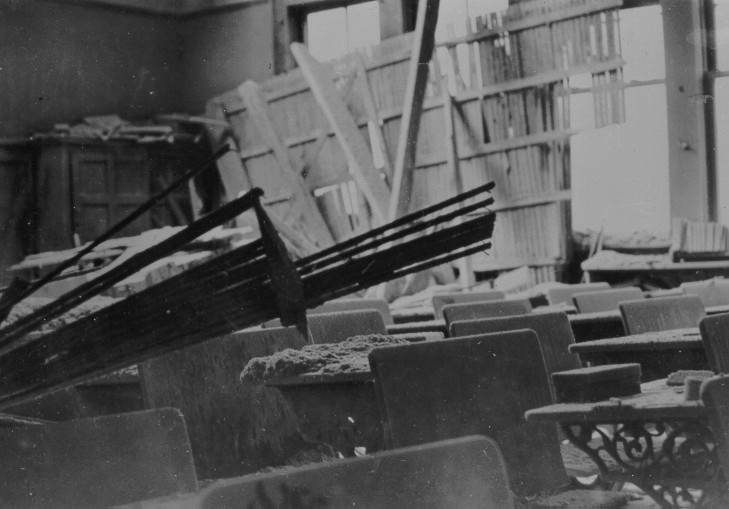Chapter 11 Earthquakes
Learning Objectives
After carefully reading this chapter, completing the exercises within it, and answering the questions at the end, you should be able to:
- Explain how the principle of elastic deformation applies to earthquakes
- Describe how the main shock and the immediate aftershocks define the rupture surface of an earthquake, and explain how stress transfer is related to aftershocks
- Explain the process of episodic tremor and slip
- Describe the relationship between earthquakes and plate tectonics, including where we should expect earthquakes to happen at different types of plate boundaries and at what depths
- Distinguish between earthquake magnitude and intensity, and explain some of the ways of estimating magnitude
- Explain the importance of collecting intensity data following an earthquake
- Describe how earthquakes lead to the destruction of buildings and other infrastructure, fires, slope failures, liquefaction, and tsunami
- Discuss the value of earthquake predictions, and describe some of the steps that governments and individuals can take to minimize the impacts of large earthquakes
Earthquakes scare people … a lot! That’s not surprising because time and time again earthquakes have caused massive damage and many, many casualties. Anyone who has lived through a damaging earthquake cannot forget the experience (Figure 11.1). But geoscientists and engineers are getting better at understanding earthquakes, minimizing the amount of damage they cause, and reducing the number of people affected. People living in western Canada don’t need to be frightened by earthquakes, but they do need to be prepared.


